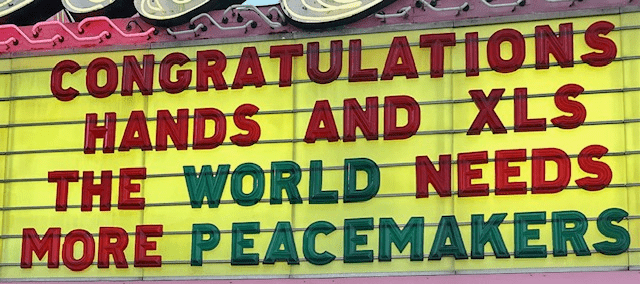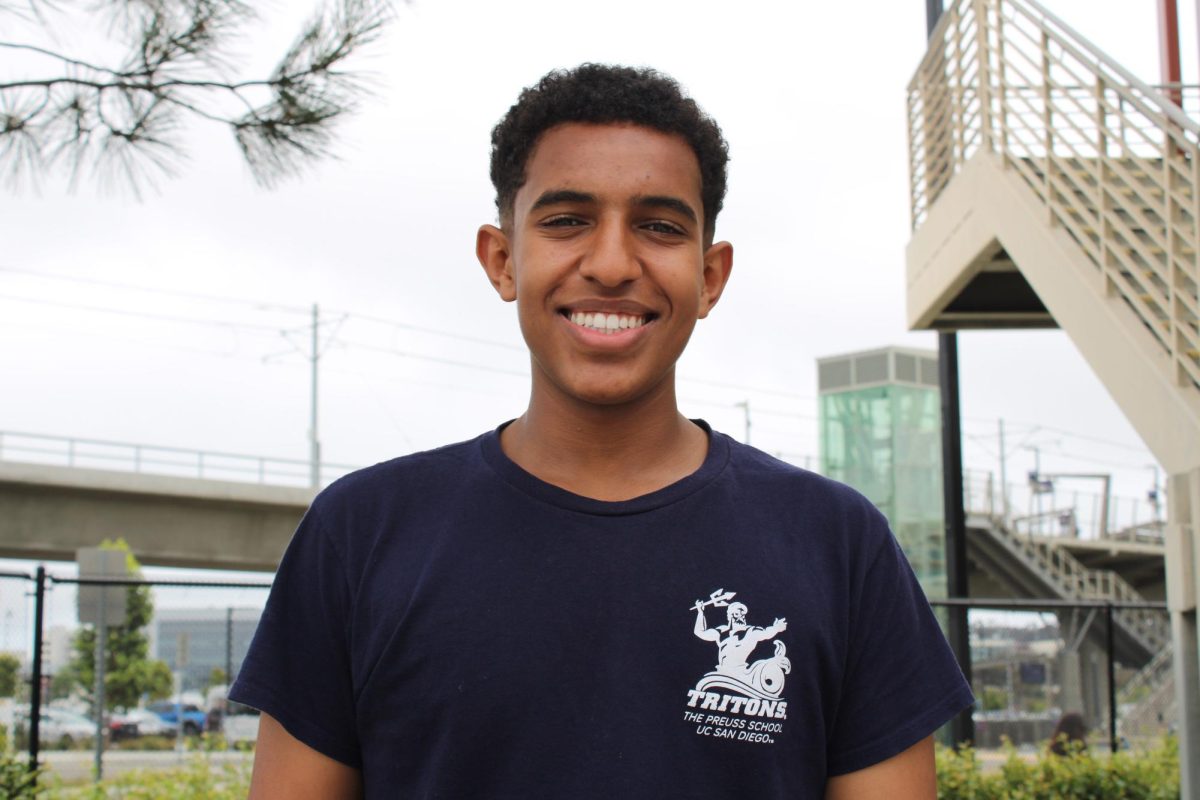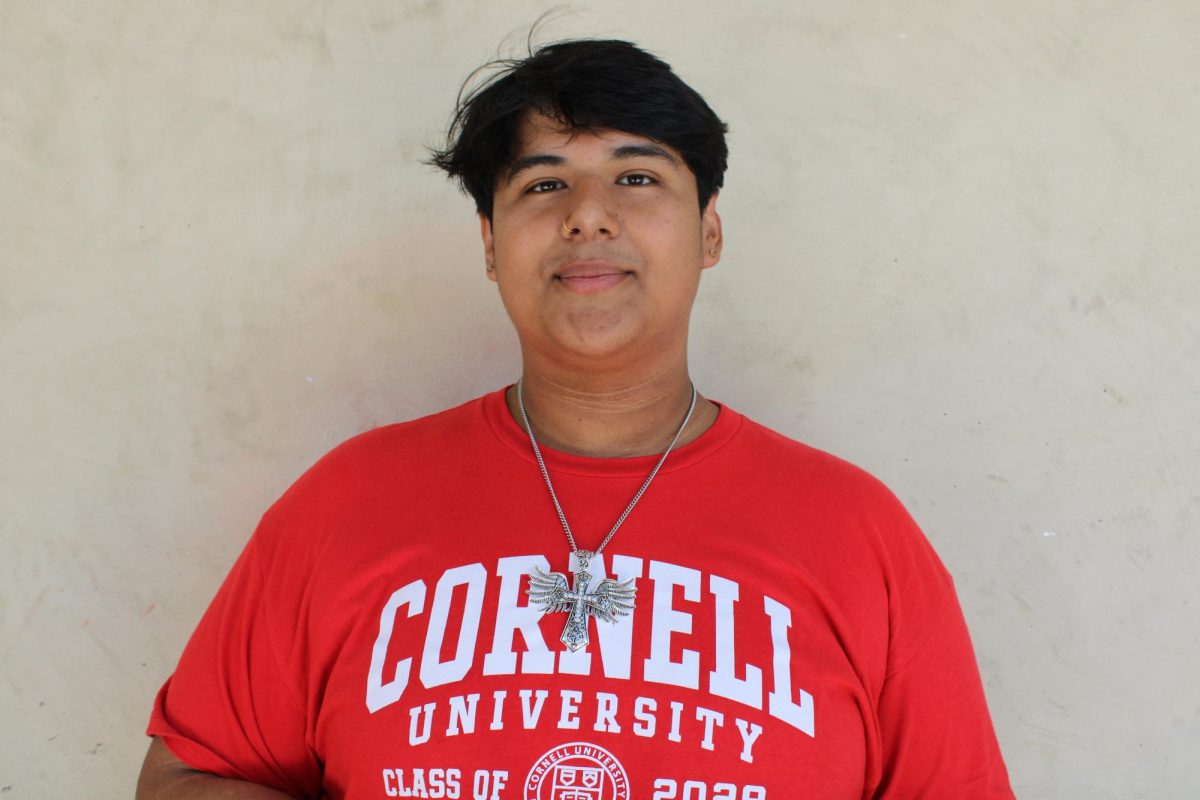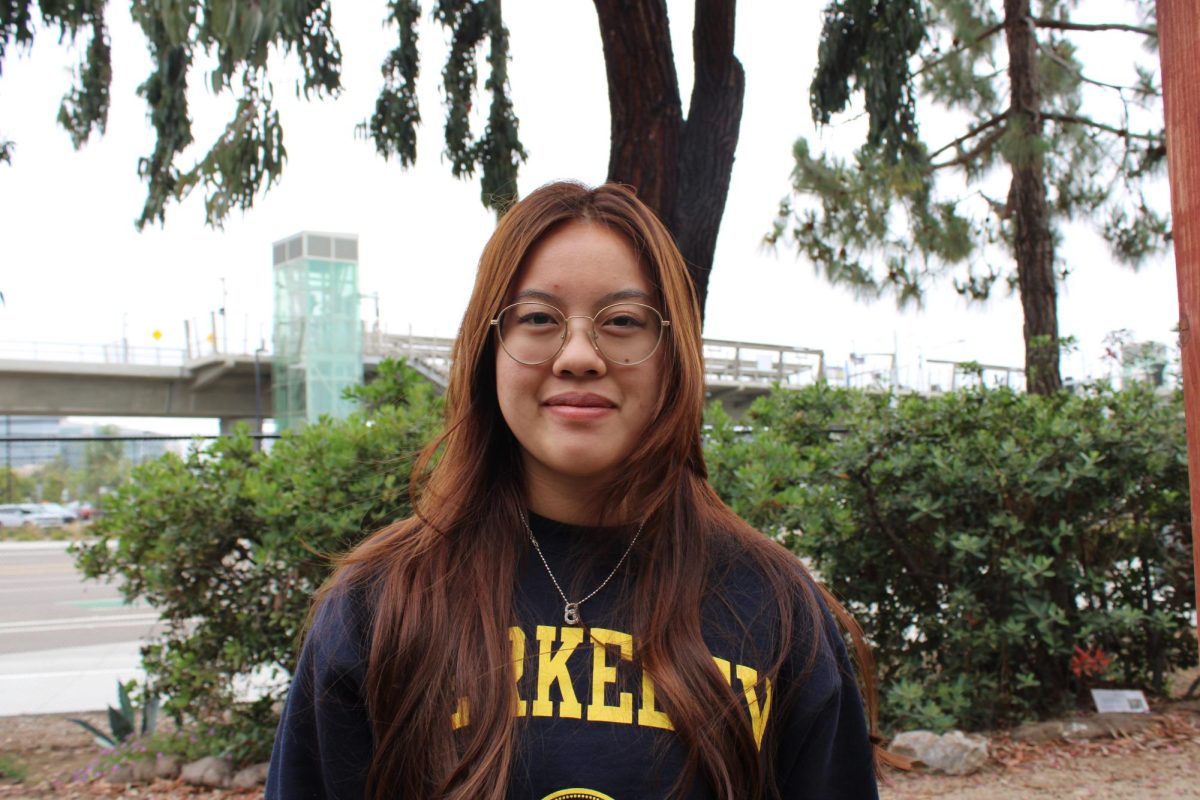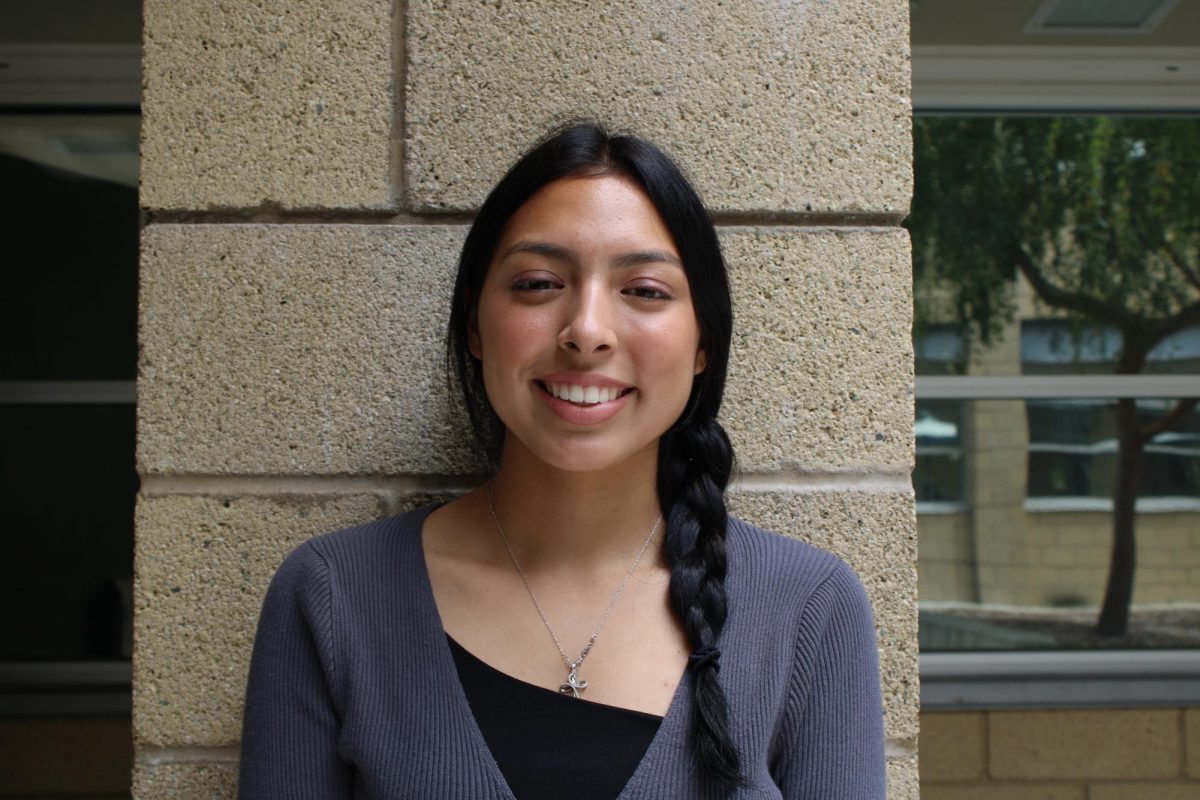Palestine and Israel have been at war for over 75 years now. With their conflict deeply rooted in history, it is difficult to see a proper solution fit for the future without fully comprehending both sides and their perspectives.
What has been happening in Gaza?
The constant killing since October 7, 2023— when Hamas attacked Israel— has only worsened: Hamas has killed 1,400 Isralies, leading to the Israeli Defense Force (IDF) responding by killing over 28,000 Palestinians according to the United Nations. It seems that growing hatred has only been increasing in intensity throughout these years as the forces are unable to come to an agreement. The question remains: will there ever be a solution?
In the 1980’s, Hamas was recognized for being a charity group by the Muslim Brotherhood in Jordan, a social and political organization that aimed to support Muslims, as they supported Palestinians with social aid and benefits, according to the Council on Foreign Relations. Now, their suicide bombings have gained them a terrorist-group reputation although their actions are the only form of resistance for Palestinians against the IDF since Israel does not allow Palestinians to have a military.
Not only do Palestinians not have a military, but also are currently not allowed access to essential resources such as electricity, water, and food. With these resources cut off as Israel controls their exports and imports, Palestinians are hanging on the edge of survival. With so many deceased and wounded, The New York Times has revealed that hospitals also lack the tools and bare necessities to provide adequate medical services for victims and proper care for the deceased. Freezers for corpses can not function properly, leading to wherever hospitals dump bodies, the area becomes an infectious and disease-infested field. Lack of anesthesia has also caused injured children to go under medical procedures consciously. With the shortages of medical tools, the wounded must endure suffering no one should have ever experienced in their lifetime.
To understand Gaza’s environment to a fuller extent, one must know that it is not a rumor when the Gaza Strip is called the world’s largest open-air prison. With such a dense population of over 700,000, Palestinians stuffed into a 140 square-miles area with no way for residents to easily leave and outsiders to enter, the title rings true. To better visualize the space, the Gaza Strip is less than half the size of San Diego, proving the nickname used by National Public Radio and the Human Rights Watch true.
Why does the United States side with Israel?
According to Al Jazeera, the United States has been an ally of Israel since they first declared their nation in 1948. During the Cold War, the US realized that the Middle East’s prized oil and canals could provide them with influence. They became agents of negotiating agreements between Middle Eastern countries, such as Israel and Egypt. Standing behind Israel’s powerful military as they defeated multiple armies from nearby countries, the US is sided with them mainly for both business and power.
How are people advocating for Palestinians’ freedom?
Al Jazeera reports how pro-Palestinian advocates are sparking up protests globally in Paris, London, Berlin, Ankara, and more. In San Diego, rallies are held in Downtown and Fashion Valley Mall. Protestors walk through public areas holding up signs, swaying the flag of Palestine, and wearing keffiyehs (a traditional headdress worn as a symbol of Palestinian nationalism). Whether in Geneva, Switzerland, or in New York City, pro-Palestinians unite to demonstrate their support in hopes of fighting for Palestinian justice.
Personally, I have involved myself within a program that preaches peace; I view it as an indirect approach to protesting. In this peace-building summer program, Hands of Peace, Palestinians, Israelis, and American youth had the opportunity to focus on fostering understanding, empathy, and social justice through discussion seminars surrounding the Palestine-Israel war. Through participation in this program with another peer from Preuss, Lia Le (‘24), we were able to hear about the heavy narratives of both sides first-hand. These powerful conversations induced empathy, frustration and awareness. Listening to our friends experience racism, constant bombings, and enforcement into the military, we grew agitated with the frequent injustices they were experiencing and realized that the war’s direct effects on their lives would forever change their trajectory. For instance, it is unfair how their childhood is cut short as they are forced to mature quicker since death was a regular occurrence.
Despite the Israelis and Palestinians coming from opposing sides, they created friendships and cultivated understanding as they empathized with each other’s hardships through both tense seminars and bonding activities. I will never forget my newly changed perspective on the world coming out of this program: how obstacles came every step of the way during life and how understanding allows one to step closer towards a solution.
Through personal research and speaking with peers who have experienced the war first-hand, I have learned that there is an issue in common: the governments. From the IDF issuing a mandatory draft of all 17-year-old citizens, to Hamas fighting against violence with more violence, Israelis and Palestinians agree that they are not completely happy with their governments. We, as students, must educate ourselves on the fact that the issue lies in the hands of the powerful, not the people. Not all citizens support their government and people are never born with hate, it must be instilled in them by the environment.
Therefore, as the world sides with the citizens who suffered more intensely regarding the death statistics, the length of the occupation, and the severity of Israel’s influence, we, as citizens, must come together to understand that we are strictly on the side of the innocent. Whether it is the Israeli or Palestinian civilians, we must be clear that we are not in support of the IDF nor Hamas. There is no more or less support for one side or another; the true question is if we support them or not. Violence is never the answer, and I want to preach that we need to take the first step to genuinely understand one another. This crucial step must be taken by both sides before mentioning the possibility of peace at all because compromise will never be reached before both sides are recognized.


